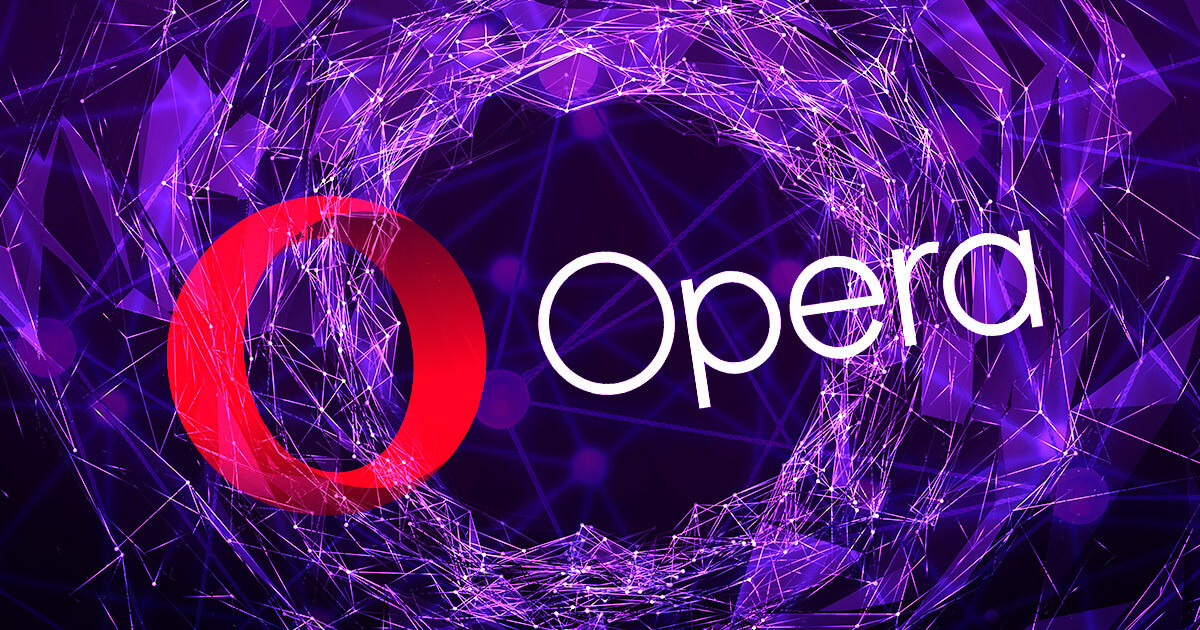
Once a niche term, "Web3" has rapidly emerged as the dominant buzzword in the tech world, signaling the dawn of a new internet era. This revolutionary concept is being embraced by both legacy technology giants and innovative decentralized protocols, promising a paradigm shift in our digital interactions.
But what exactly is Web3, and why is it generating so much excitement? To answer this pivotal question, CryptoSlate spoke with Jorgen Arnesen, the VP of Web3 at House, a company positioning itself as the industry's essential portal to the new internet.
The internet's journey began in the early 1990s with what we now call Web 1.0. In this initial phase, content creation was limited to a small number of producers, while the vast majority of users were passive consumers. The dot-com boom of the late 1990s ushered in Web 2.0, an era defined by interactive social platforms and user-generated content.
However, the speed and convenience of Web 2.0 came at a significant cost. To create the highly connected and user-friendly internet we know today, services had to be hosted on centralized servers, which introduced a host of new problems.
One of the most critical issues arising from Web 2.0 is the erosion of personal privacy and data control.
Web3, as it's commonly known, represents the natural next step in the internet's evolution, offering a solution to the trust problems inherent in Web 2.0. The primary objective of Web3 is to leverage blockchain technology and cryptography to provide users with decentralized and more secure alternatives to the centralized services they currently use.
Nevertheless, interacting with the decentralized Web3 ecosystem can often be a complex and intimidating task, potentially deterring new users. This is where Web3 browsers play a crucial role, acting as a gateway to the decentralized world by building upon the familiar foundation of their Web 2.0 predecessors. Arnesen elaborates:
"Web 2.0 browsers excel at providing a gateway to individual websites and services. However, their functionality is inherently limited by the architecture of the existing internet. Because Web 2.0 is a collection of centralized, siloed websites, traditional browsers are restricted to accessing these standalone platforms as they were designed.
Web3 browsers unlock a new dimension of functionality by offering a window into a vast landscape of interconnected services that are not confined by traditional, centralized technologies," said Jorgen Arnesen, the VP of Web3 at House.
In an interview with CryptoSlate, Arnesen explained that the advent of Web3 browsers enables users to effortlessly engage with a wide spectrum of decentralized applications and blockchains from within a single, unified interface. This has dramatically enhanced the user experience when navigating Web3 platforms and services, even though the ecosystem is still in its early stages. Arnesen stated:
"Currently, the decentralized web encompasses tens of thousands of applications, protocols, cryptocurrencies, blockchains, games, and websites. While the ultimate vision of Web3 is to unify the best of these into a cohesive ecosystem, the current landscape still requires us to interact with them in a largely fragmented manner."
Arnesen believes that Web3 browsers will have a far more significant impact on the decentralized web than their Web 2.0 counterparts ever did. He explained:
"Traditional browsers are gateways to isolated websites, but they are fundamentally constrained by the centralized nature of Web 2.0. They can only provide access to individual, siloed platforms. Web3 browsers, on the other hand, break down these barriers. They offer a portal to an interconnected universe of services, giving users true permissionless access to every corner of the decentralized web, essentially becoming the gatekeepers of the internet's next generation."
By enabling greater interoperability from a single application, Web3 browsers provide access to the entire decentralized network, becoming the true guardians of the internet's evolution.
Browsers like House are positioning themselves at the forefront of the fight for digital privacy. With the crypto community championing the decentralized web, the demand for privacy-enhancing tools has never been higher.
And while decentralized technologies like blockchain offer privacy by design, accessing them often still requires traversing legacy Web 2.0 channels like Google. Such intermediaries actively track and profile user data, which is why Web3 browsers are integrating privacy-preserving features at their core.
"Browsers like House actively block the invasive tracking and data collection techniques that many websites and applications employ by default."
Arnesen noted that House has made deliberate and focused efforts to accelerate the adoption of the decentralized web by providing the necessary tools for seamless interaction.
This is primarily evident in the House Crypto Wallet, which allows users to manage a diverse range of blockchains and cryptocurrencies, along with all their associated applications and services. Arnesen explained that additional features, such as an integrated non-custodial crypto wallet and a free built-in VPN, have allowed House to lay the groundwork for truly free and permissionless access to the decentralized web.